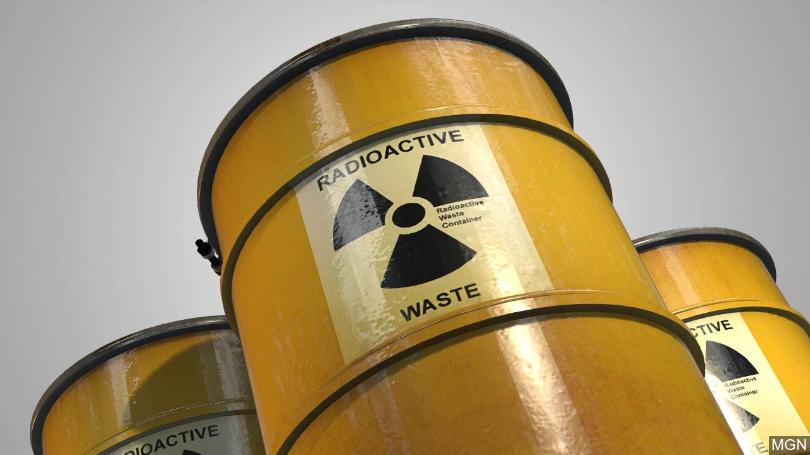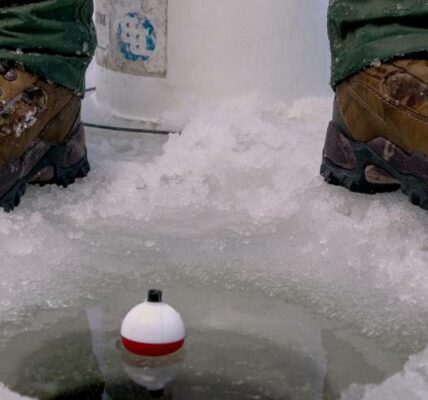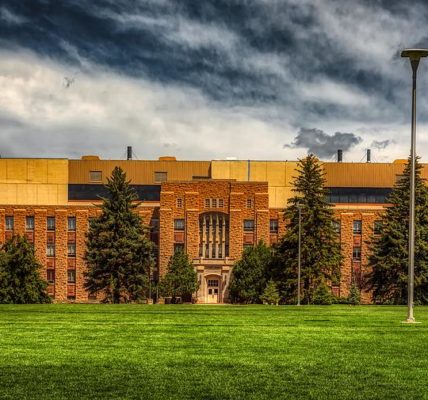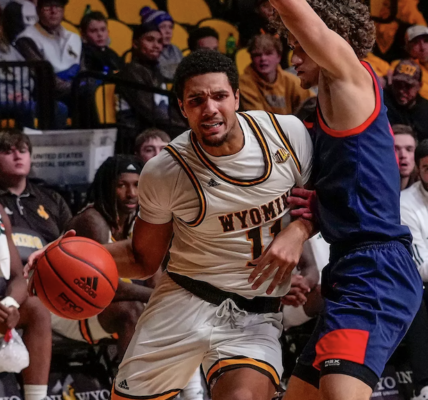By Tom Coulter
Wyoming Tribune Eagle
Via- Wyoming News Exchange
CHEYENNE — Gov. Mark Gordon said last week he could still be convinced to pursue a nuclear waste storage program that will be considered in a legislative committee meeting.
During a meeting Oct. 28 with the Wyoming Tribune Eagle’s editorial board, Gordon said he would wait to see what the Wyoming Legislature finds in its studies.
“I don’t think it’s the best industry for Wyoming,” Gordon said. “But I would say this emphatically: If there is a good reason to do it, and we have adequate safeguards, though personally I may not feel it’s the best industry for Wyoming, I’m not going to stand in its way.”
During the second day of its meeting next week in Casper, the Legislature’s Joint Minerals, Business and Economic Development Interim Committee will consider a bill authorizing the governor to negotiate with the U.S. Department of Energy to store spent nuclear fuel rods within the state.
The Gas Hills and the Shirley Basin were mentioned as potential sites for the program during a subcommittee meeting in September.
Estimates have shown the storage program would net the state $10 million in annual revenue, though Gordon questioned whether that amount would be worth it during the editorial board meeting.
“That’s pretty unclear to me that that’s going to make a huge difference,” Gordon said of the total.
Sen. Jim Anderson, R-Casper, who chairs the Minerals Committee, said the figure could rise significantly through negotiations with the Department of Energy.
“The first group that approached this for Wyoming in the ’70s was offered $5 billion,” Anderson said. “The second group in ’92 was offered a billion a year, so those were our expectations.”
If the bill passes Tuesday, the governor would have to report back to the committee on his negotiations before entering an agreement. Anderson said the annual payout will need to be significantly higher than $10 million to gain the committee’s approval.
Yet some think the fuel rods shouldn’t come to Wyoming even with a higher return. Colleen Whalen, spokeswoman for the group Wyoming Against Nuclear Dumps, said her biggest concern is how the rods will be safely transported.
“The first responders on a cracked cask could reach lethal doses anywhere from minutes to hours,” she said.
Whalen noted some states already have signed referendums to keep nuclear waste out.
“If you’re not moving the stuff and it’s sitting there in its can, it’s fairly safe. But if you put it in a truck or train …you’d be getting three to six truck shipments a week, and maybe two to five from trains,” Whalen said.
When Wyoming considered nuclear waste storage in the 1990s, the measure eventually failed. Sen. Hank Coe, R-Cody, was in the Legislature at the time.
“I was pretty active in looking at it back in the ’90s,” Coe said. “I was convinced at that time that it could be done safely and that transportation could be done safely because of the casts they put these things in.”
Another option for the spent fuel rods also will be on the table Tuesday during the meeting, as committee members will hear a report on thorium-based nuclear power.
Anderson said a thorium-based power plant would combine the spent fuel rods with thorium and uranium to produce energy.
“Using (the fuel rods) and burning them up completely would be a better solution than storing them,” Anderson said.
Though past governors rejected nuclear storage plans, Gordon wants to gather all the facts and see how things pan out.
“And that’s exactly where we are, too,” Anderson said.






